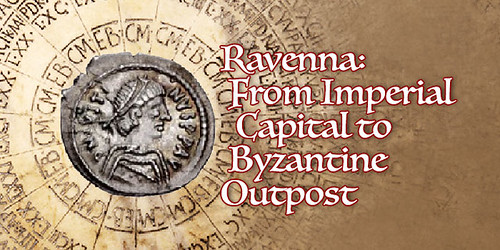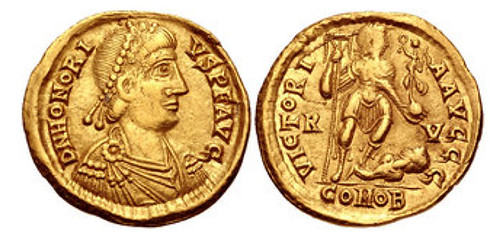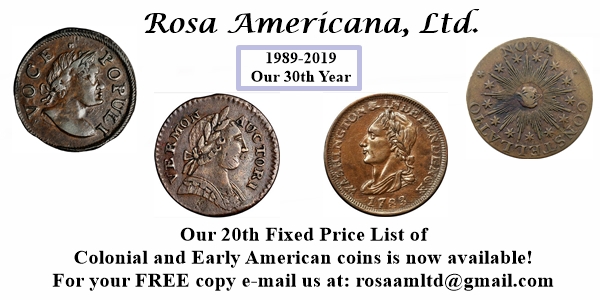
PREV ARTICLE
NEXT ARTICLE
FULL ISSUE
PREV FULL ISSUE
ANCIENT COIN SERIES: RAVENNAIn a recent article on his CoinWeek Ancient Coin Series, Mike Markowitz takes a look at coins from the obscure Roman city of Ravenna. Here's a short excerpt - be sure to see the complete article online. -Editor  …[T]he sick promenade while the doctors lie abed, the baths freeze while the houses burn, the living are thirsty while the buried swim, thieves are vigilant while the authorities sleep, the clergy lend money while the Syrian merchants sing psalms… (Deliyannis, 50) —Sidonius Apollinaris (c. 430-489 describing Ravenna as the imperial capital) IN 402 CE, THE dim-witted 17-year-old emperor Honorius moved the capital of the Roman Empire in the West from the fortress city of Mediolanum (Milan) to the town of Ravenna on the Adriatic south of Venice. Surrounded by marshes, the city was hard to besiege but lacked a reliable supply of fresh water, prompting the quip by Bishop Sidonius: vivi sitiunt sepulti natant ("the living thirst while the buried swim"). Changes in the shoreline leave Ravenna inland today, but in the fifth century it was a major naval base. For centuries the town was an important mint, and the fascinating coinage of Ravenna documents a turbulent era of late Antiquity. The coins fall into three periods: Late Western Roman (402 – 476), Ostrogothic (476 – 540) and Byzantine (540 – 751). Western Roman
 AV Solidus (20mm, 4.45 g, 12h). Ravenna mint. Struck 402-406 CE. Pearl-diademed, draped, and cuirassed bust right / Honorius standing right, spurning captive, holding labarum and Victory on globe; R-V//COMOB. RIC X 1287d Early coins struck at Ravenna (c. 402 – 406) bear the stylized, portrait of the young emperor wearing the diadem; a pearl-studded headband that was an ancient emblem of royalty. The Latin inscription translates as "Our Lord Honorius, Faithful and Fortunate Emperor". On the reverse, a standing figure of this unmilitary emperor in full military attire holds a statuette of Victory, and a labarum (a kind of flagstaff) while trampling a barbarian captive. Ravenna's distinctive mint mark, R V, appears in the field. This type is quite common. To read the complete article, see:
 Wayne Homren, Editor The Numismatic Bibliomania Society is a non-profit organization promoting numismatic literature. See our web site at coinbooks.org. To submit items for publication in The E-Sylum, write to the Editor at this address: whomren@gmail.com To subscribe go to: https://my.binhost.com/lists/listinfo/esylum All Rights Reserved. NBS Home Page Contact the NBS webmaster 
|